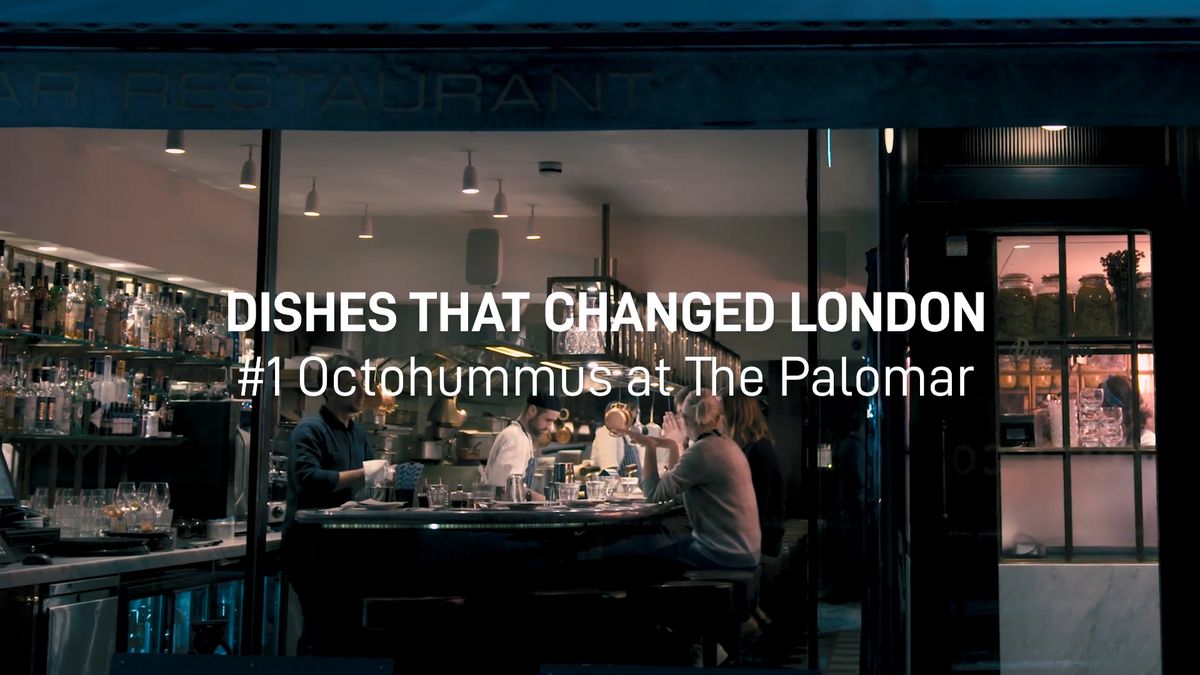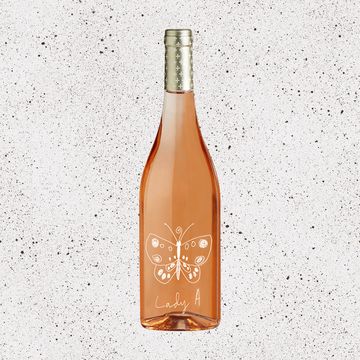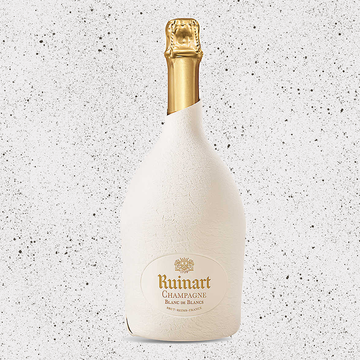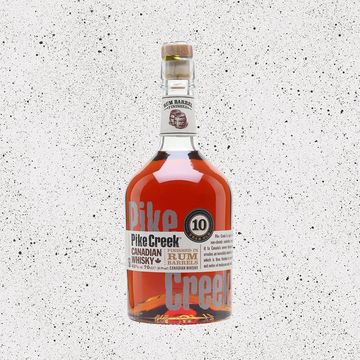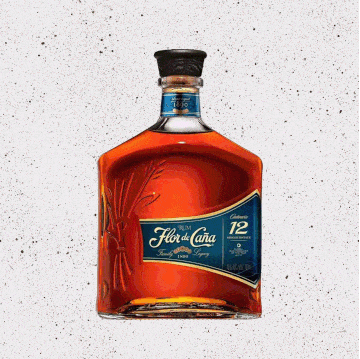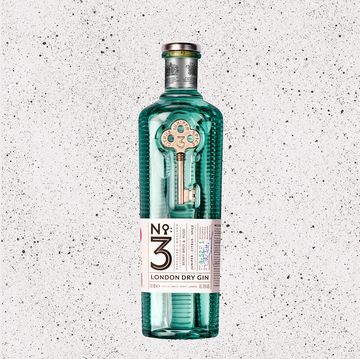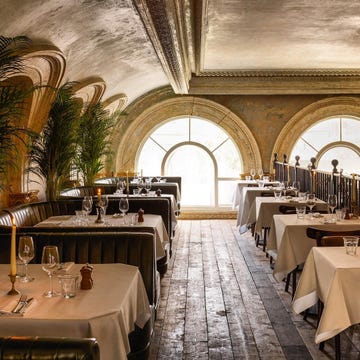When you clear out your loft, you might be lucky if you find an old vinyl, maybe a book you’d forgotten about. There’s always an ancient, sturdy 50p piece to be had, along with relics – bitter as they may feel – of those long-forgotten sporting dreams. But when you own a Champagne house, your finds are likely to be of a different calibre.
So it proved for Bollinger: a legend of the Champagne world and still a family-owned business with dusty corners in need of spring cleaning, pocketed into the miles of labyrinthine subterranean cellar space stretching out beneath the roads in its French home, Aÿ.
In 2010, an intern tasked with discarding a wall formed of empty bottles in the cold brick basement discovered a hoard of around 600 long-abandoned – but full – ones hidden behind it.
That turned out to be a secret stash of practically priceless vintages, many older than Bollinger itself could have imagined and forgotten about for so many decades that no one left in the company had any idea that they existed - or how they came to be there. They dated from 1921 at the latest, all the way back to 1830 (just one year after the Champagne house’s official foundation in 1829).
But how could this have happened? Bollinger are sticklers for detail. Their records are meticulous: no bottle goes unaccounted for and each one’s contents are identifiable down to the particular areas of the fields in which its constituent grapes were grown.
But this lot? These are a mystery. Conjecture has it that Bollinger staff deliberately hid this collection away during France’s occupation in the Second World War, to keep it out of Nazi hands. And it’s not unreasonable to suppose that there could have been other things to think about once peace had been declared and the country – and its businesses – attempted to get back to normal.
Over three years following the discovery, Bollinger recovered more than 4,000 such bottles, all requiring urgent TLC. Many needed new corks or even to be taken out of the existing glass entirely; a fiendishly delicate procedure which required time, patience, expertise and the odd laser or two.
Now, these historical artefacts can be enjoyed in two stylishly designed new galleries, down in those atmospheric cellars. La Réserve is a long corridor warmed by lamplight, with a specially commissioned mosaic at the far end, looming like a colourful stained-glass window and hinting at the sacred contents it guards: magnums exhibiting Bollinger’s full range and evolving style over the years. Round a few more corners and you come to the cast iron gates of Galerie 1829, which contains all of the oldest and most special vintages, including a section for those pre-dating the brand’s renowned RD method, which began in 1952.
You have to have James Bond levels of suavity to access his favourite Champagne house in person, though there are murmurings about opening up to the public sometime soon so stay tuned. In the meantime, you can now tour the libraries virtually thanks to a camera tool on Bollinger’s website. Just in case you wanted a little inspiration to clear out your own old things.
For more information, visit champagne-bollinger.com.


